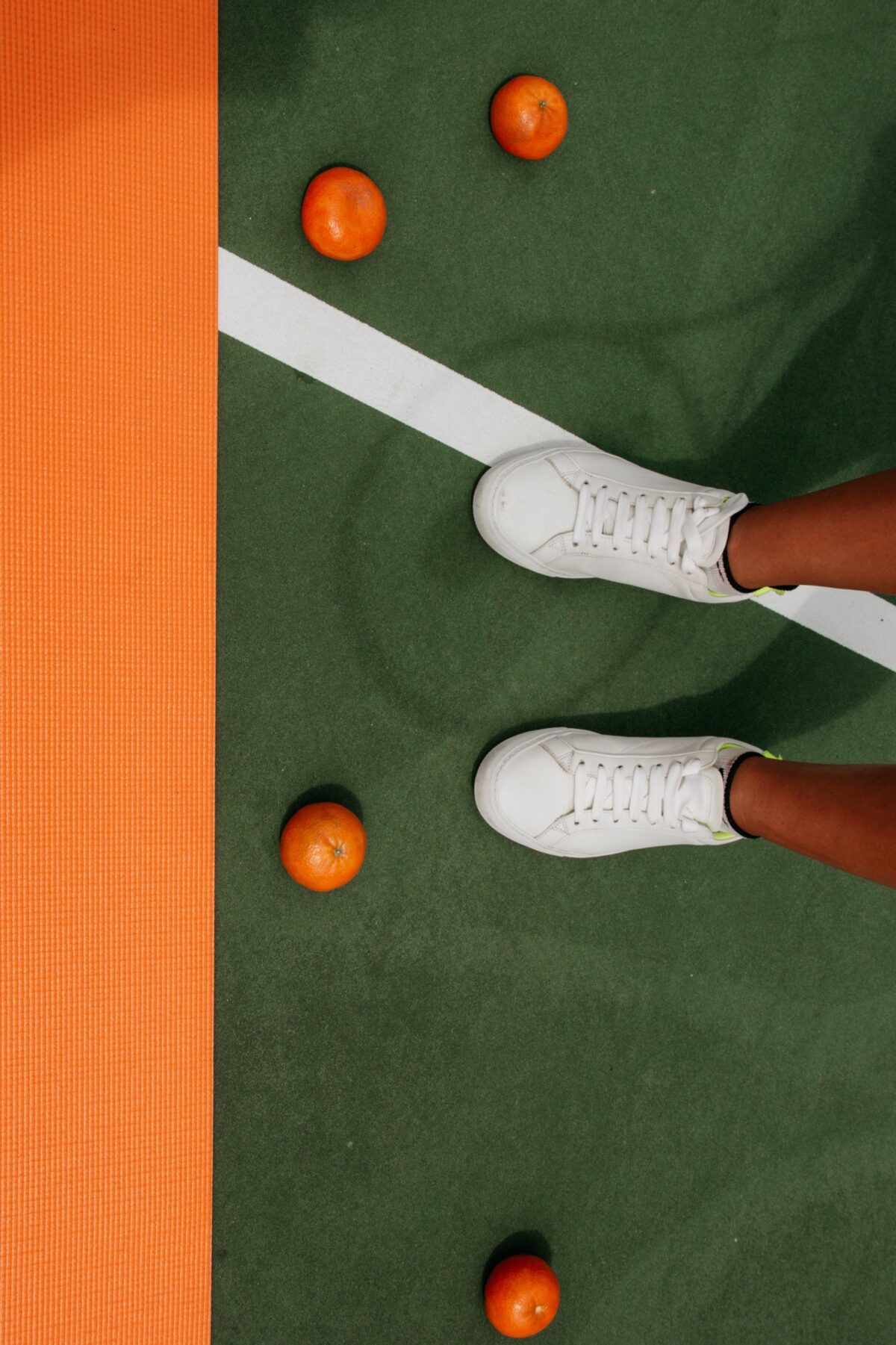What is the learning purpose of your video?
The learning purpose of my video is to teach others how to clean their white sneakers. The popularity of white sneakers has been skyrocketing over the past decade, and this choice results in dirtier looking footwear doing everyday tasks than otherwise in a different color pair of shoes. I personally have own a few white sneakers and advocate that maintaining their cleanliness and condition ensures that they look fresh and last as long as possible.
Which of the principles we’ve covered this term (e.g., Mayer/Universal Design for Learning/Cognitive Load Theory) did you incorporate into your design and why?
- CLT – address Intrinsic cognitive load as I defined all of the tools such as washcloth, dish soap, towel, etc. to be used before undergoing the process
- CLT – address Extraneous cognitive load through the temporal contiguity principle) as I performed a voiceover to work perfectly with timed visuals
- Mayer’s Principle: Voice – the voiceover is very conversational as it makes learning a procedure that is very hands-on much easier to follow.
- Mayer’s Principle: Coherence – the captured video, and consequently, the voiceover only encapsulates the necessary parts of the procedure and nothing else.
What was challenging about capturing your own video? How would you approach capturing video differently next time?
What I found difficult about capturing my own video was choosing the right camera angle to ensure that the listener can feasibly see everything that I am doing in detail since this is a hands-on process. In order to obtain the angle of the bathroom countertop, I had to place a cardboard box on top of a wooden table. I feel that I comfortably captured all necessary angles to highlight the techniques and tools that I used so that someone can see and understand them clearly. This will be something that I will put more emphasis on when I capture a video in the future; I will try to rationalize the proper tools that I need to capture effective video based on the context of it. For example, if I were to film a hands-on tutorial video similar to this in the future, it may be a good idea to invest in a head/chest phone strap to give the audience a clear view of what I am doing with my hands and the tools around me.
Video:
Video Script:
Hi, my name is Justin and I am going to show you a simple way to clean your white sneakers!
—
So in order to do this, you’re going to need the shoes that you’re cleaning, a towel to keep your counter clean, a soft bristle brush, some dish soap, some warm water in a bowl, a washcloth, and finally some paper towel.
First we’ll take off the laces of the shoes to enable deeper access and to prevent damage to laces themselves. So after adding about a teaspoon of soap into the water mixture, we’re going to dip the bristle brush in.
Give the brush 1 or 2 seconds to absorb the solution and start wiping all along the upper, the tongue, and the midsole. I find that cleaning the outsole, or the bottom of the shoe, doesn’t work the best with this solution and may require other mixtures such as baking soda. Cleaning deep stains may also require a different solution such as OxiClean, which is outside the scope of this video. Be sure to apply a fair amount of pressure when brushing the shoe on the sides, and when applying pressure to the top of the shoe, place your other hard inside of the shoe under the area in question to prevent shoe deformation. Don’t be alarmed if the inside of the shoe gets a bit damp or wet, as this will be fixed when the whole shoe is set out to dry. This method works best on leather shoes, such as the ones that I am cleaning. For best results, give each shoe 2 rounds of brushing to remove as much dirt and spots as possible.
However, if there are still little bits of dirt that aren’t coming off, dip a small piece of the washcloth into the solution and do your best to rub that out with a bit of pressure. Now, Repeat for the other sneaker.
Once both shoes are coated in the solution and have been brushed decently thoroughly, run the washcloth under warm water and gently start to wipe the shoe and remove the solution. Be sure to remove all spots of soap as possible. Do this twice if necessary.
Now, just before we leave them to dry, we will insert some paper towel on the inside to absorb excess moisture to accelerate the drying process and retain shoe shape.
—
After the shoes have been cleaned, we can then leave them out to dry, ideally outside close by for faster drying.
—
We can then use the leftover solution to soak the shoelaces.
—
Then after 3-4 hours of drying, your shoes are ready for your next adventure. Thanks for watching!
Video Storyboard:
